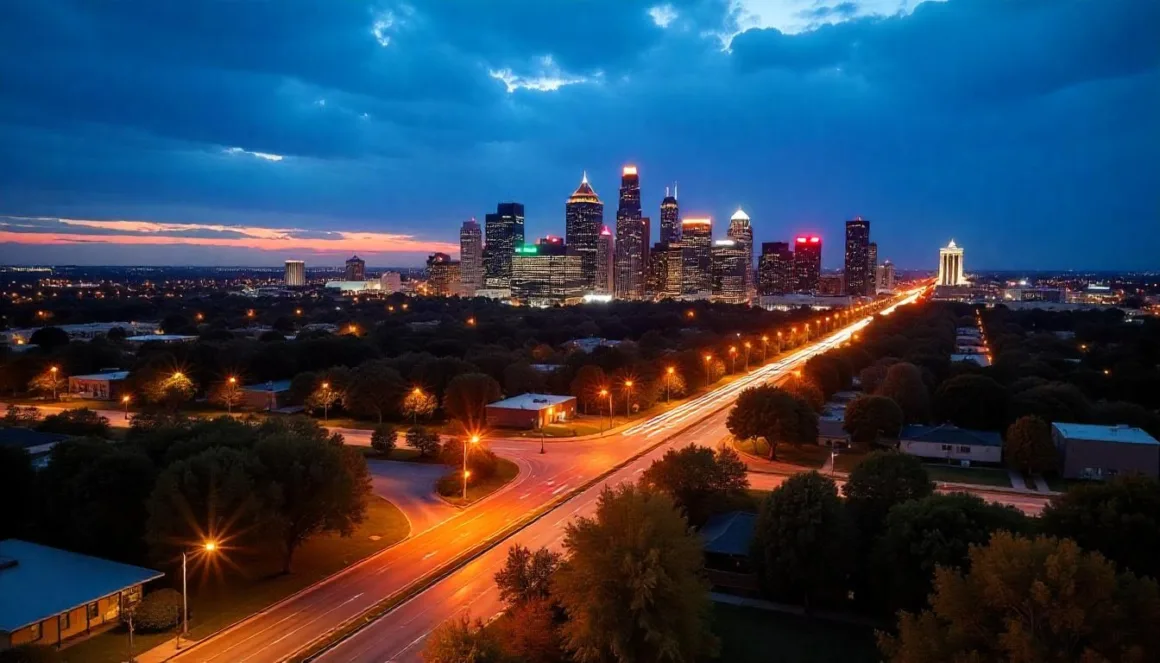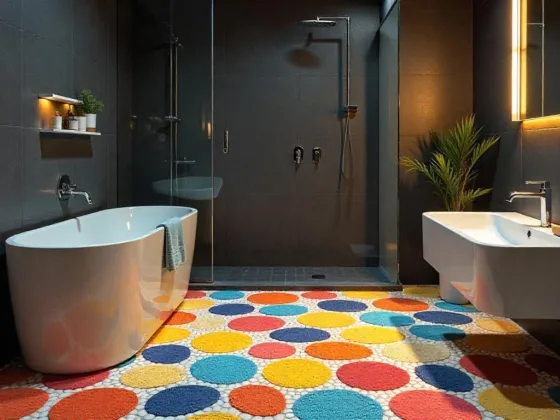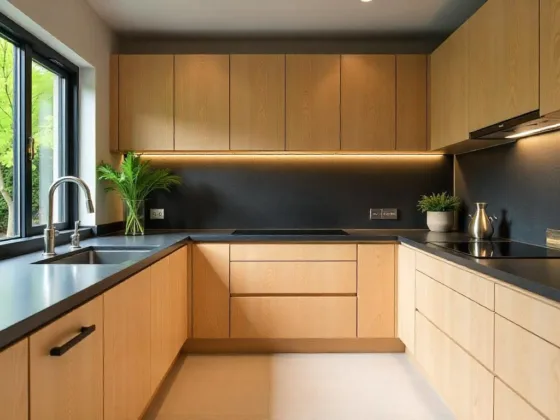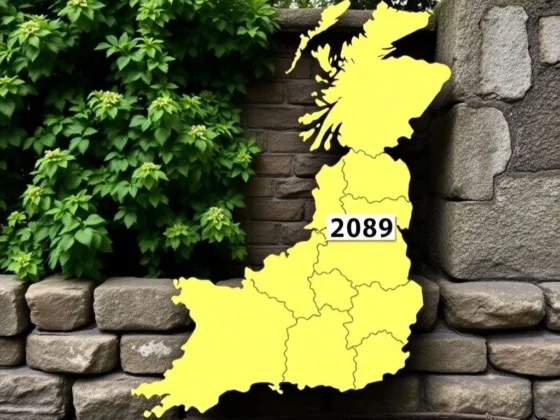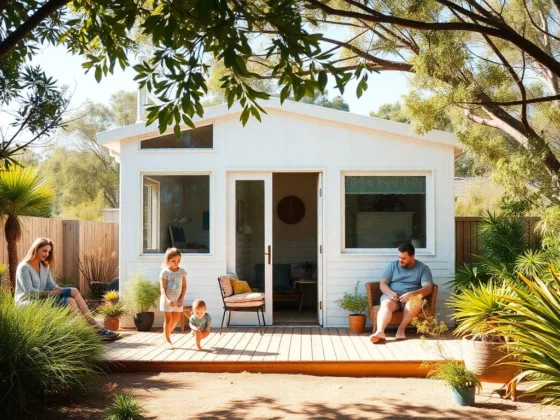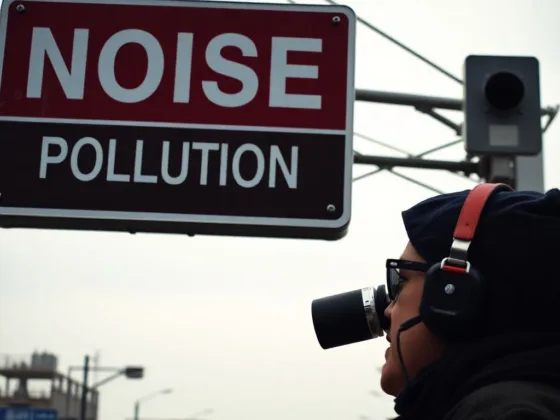Urban downtowns are the heart of cities, often serving as cultural, economic, and social hubs. Over time, these areas may face challenges like declining foot traffic, outdated infrastructure, or lack of community engagement.
Revitalizing downtown spaces is a critical step toward ensuring they remain vibrant and relevant in modern urban living. Here’s a look at effective strategies for downtown revitalization that are shaping cities today.
Why Downtown Revitalization Matters
A vibrant downtown benefits everyone. For cities, revitalization can boost economic growth, attract businesses, and increase tourism. For residents, it creates opportunities for work, recreation, and community engagement.
A thriving downtown also enhances property values and strengthens the city’s overall appeal.
However, revitalization is not without its challenges. Outdated infrastructure, shifts in work patterns, and competition from suburban developments have left many downtowns struggling to keep up. Addressing these issues requires innovative solutions that cater to modern lifestyles while preserving the unique character of each area.
Revitalization also plays a critical role in fostering inclusivity. When done right, it can ensure that all members of the community, regardless of income or background, have access to the benefits of a renewed downtown.
1. Prioritizing Mixed-Use Developments
Creating spaces that serve multiple purposes is a cornerstone of modern urban planning. Mixed-use developments integrate residential, commercial, and recreational areas into a single cohesive environment. This approach encourages people to live, work, and socialize in one location, boosting foot traffic and creating a lively downtown atmosphere.
For example, incorporating housing units above retail stores or adding coworking spaces alongside restaurants fosters a sense of community and convenience. These developments make downtowns more attractive to both residents and visitors, contributing to long-term growth.
2. Enhancing Public Spaces
Public spaces are essential for bringing people together. Revitalizing parks, plazas, and pedestrian-friendly streets can transform a dull downtown into a welcoming and active area. Adding green spaces, seating areas, and art installations encourages social interaction and provides places for relaxation.
Additionally, hosting outdoor events like farmers’ markets or live performances can further draw people into downtown areas. These activities not only support local businesses but also create a sense of belonging for the community.
3. Improving Accessibility and Mobility
A well-connected downtown is essential for its success. Enhancing public transportation, adding bike lanes, and improving walkability make it easier for people to access and navigate the area. When cities prioritize accessibility, they attract a wider range of visitors, from daily commuters to tourists.
Innovative transportation options, like shuttle services or shared electric scooters, also play a role in reducing traffic congestion and making downtown areas more sustainable.
4. Focusing on Sustainability
Sustainability is no longer a choice but a necessity for urban planning. Downtown revitalization efforts should include eco-friendly initiatives like energy-efficient buildings, solar-powered lighting, and sustainable waste management systems.
These measures not only reduce environmental impact but also make the area more appealing to environmentally conscious individuals and businesses.
Planting more trees, installing green roofs, and using permeable pavement are additional steps cities can take to enhance the sustainability of downtown areas.
5. Supporting Local Businesses
Local businesses are the backbone of downtown economies. Encouraging their growth through incentives, grants, and promotional events can breathe new life into struggling areas. Cities can also create affordable retail spaces to attract entrepreneurs and startups.
A focus on unique, local offerings—like boutique shops, artisanal eateries, and craft markets—can differentiate downtown areas from generic shopping malls, creating a distinctive identity that draws visitors.
6. Embracing Technology and Innovation
Technology is transforming how cities operate, and downtown areas are no exception. Smart city solutions, such as free Wi-Fi zones, interactive kiosks, and real-time parking availability updates, can enhance the downtown experience for residents and visitors alike.
These innovations not only improve convenience but also demonstrate a city’s commitment to staying ahead in the digital age, making downtown areas more attractive to tech-savvy individuals and businesses.
7. Engaging the Community
Successful downtown revitalization starts with listening to the community. Engaging residents, business owners, and local organizations in the planning process ensures that redevelopment efforts align with their needs and aspirations. Public surveys, town hall meetings, and collaborative workshops are effective ways to gather input and build support.
When people feel involved, they’re more likely to take pride in their downtown area and actively contribute to its success.
8. Adaptive Reuse of Buildings
Revitalization doesn’t always mean starting from scratch. Repurposing old buildings into modern spaces preserves the history of a downtown area while giving it new life.
For example, converting an abandoned factory into a vibrant marketplace or a historic theater into a multipurpose event space maintains the character of the area while addressing contemporary needs.
Insights into urban economic rebound strategies highlight how adaptive reuse has helped other cities successfully balance heritage preservation with modern demands. These examples can serve as inspiration for future projects.
9. Hosting Cultural Events and Activities
Cultural events breathe life into downtown areas, drawing crowds and creating memorable experiences. Festivals, art exhibits, and live performances celebrate the local culture and attract visitors from surrounding areas.
These activities not only stimulate the economy but also foster a sense of identity and pride within the community.
10. Building a Unique Downtown Identity
A strong identity can set a downtown area apart. Whether it’s through a focus on art, history, food, or technology, creating a unique narrative for the area gives people a reason to visit and invest in its future.
Branding efforts, like marketing campaigns or themed events, help reinforce this identity and keep the downtown area in the public eye.
Conclusion
Revitalizing urban downtowns is essential for creating lively communities that benefit everyone. Focusing on mixed-use developments, improving public spaces, and supporting local businesses, cities can create vibrant areas that attract residents and visitors.
Using technology and involving the community will ensure these places stay interesting and appealing. A successful downtown not only boosts the economy but also improves the quality of life for all.
Invest in the future of your downtown today—discover ways to revitalize it and be part of the transformation.
FAQs
Revitalizing downtown areas is crucial because it boosts economic growth, attracts businesses and tourists, and enhances the quality of life for residents. A vibrant downtown creates opportunities for work, recreation, and community engagement, ultimately strengthening the city’s overall appeal.
Mixed-use developments combine residential, commercial, and recreational spaces within a single area. They encourage people to live, work, and socialize in one location, which increases foot traffic and creates a lively atmosphere, making downtowns more attractive to both residents and visitors.
Enhancing public spaces involves revitalizing parks, plazas, and pedestrian-friendly streets. Adding green spaces, seating, and art installations encourages social interaction, while hosting outdoor events like farmers’ markets fosters a sense of community and supports local businesses.
Accessibility is vital for a successful downtown. Improving public transportation, adding bike lanes, and enhancing walkability help attract a wider range of visitors. By prioritizing accessibility, cities can ensure that everyone can easily navigate and enjoy the downtown area.
Supporting local businesses can involve providing incentives, grants, and promotional events to help them thrive. Creating affordable retail spaces and focusing on unique, local offerings helps differentiate downtown areas from generic shopping malls, fostering a distinctive identity.
Community engagement is essential for successful revitalization. Involving residents, business owners, and local organizations in the planning process ensures that redevelopment aligns with their needs and aspirations, fostering a sense of pride and encouraging active participation in the area’s success.
